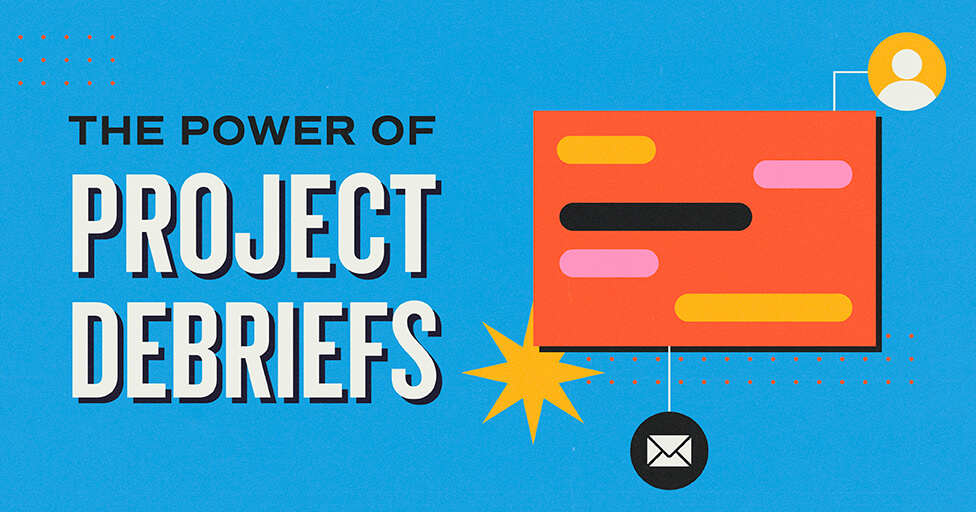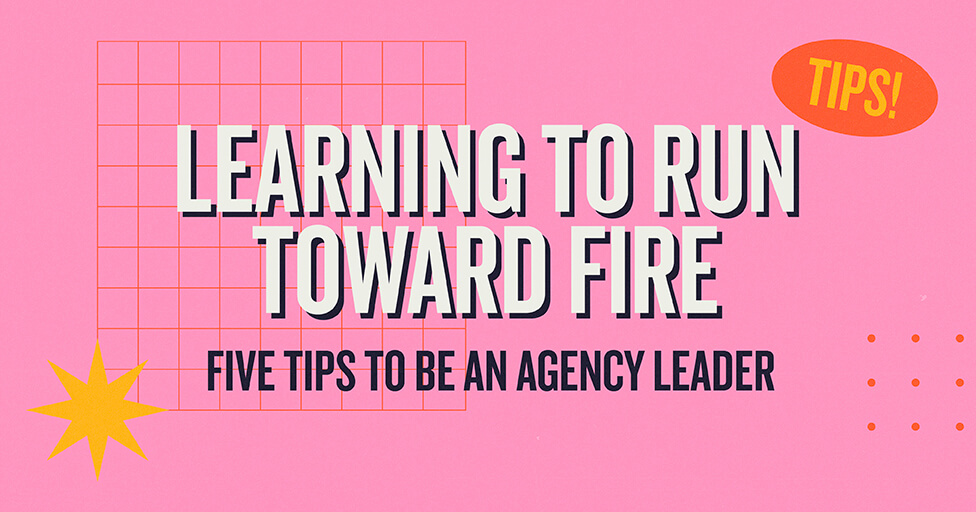
While emails used to be the most convenient and effective way to contact individuals, it is now incredibly difficult to cut through the clutter of a person’s inbox. It has become an extremely crowded and competitive distribution channel. The average person who works in an office will receive roughly 121 emails per day, according to Campaign Monitor. That is 13 emails per hour for the estimated nine hours in the office. And this number continues to grow rapidly. It is no wonder that marketers are struggling to get people to read their emails, let alone open them.
There are some basic rules to creating email subject lines, such as make it personalized, make it catchy, and make it brief. Of course, marketers should also understand their audience, what they want to learn, and what type of value they seek. This value can take many forms from monetary (i.e. coupons or discounts) to functional (convenient reminders) to informational. The list is long for right and wrong email subject lines. Here is my advice.
DO make it personalized.
Let’s use this KC Running Company email as an example of a successful email subject line. ‘THIS WEEKEND ONLY’ immediately creates a sense of urgency. I know right away that if I don’t take action, I can go ahead and delete this email. I like this because I’m not an email hoarder. Next, the subject line is very clear on what value I am receiving. As a runner, I know getting 15% off my race entry is a great deal. Lastly, the race is three months away, which means it is off my radar. KC Running Company conveniently (and casually) put it back on my radar, which reminded me it’s time to get my butt back in shape. The email subject line doesn’t include my name, and it doesn’t have to. Personalized doesn’t just mean adding the recipient’s name in the subject line. While that is a decent tactic, an email can be personalized other ways.
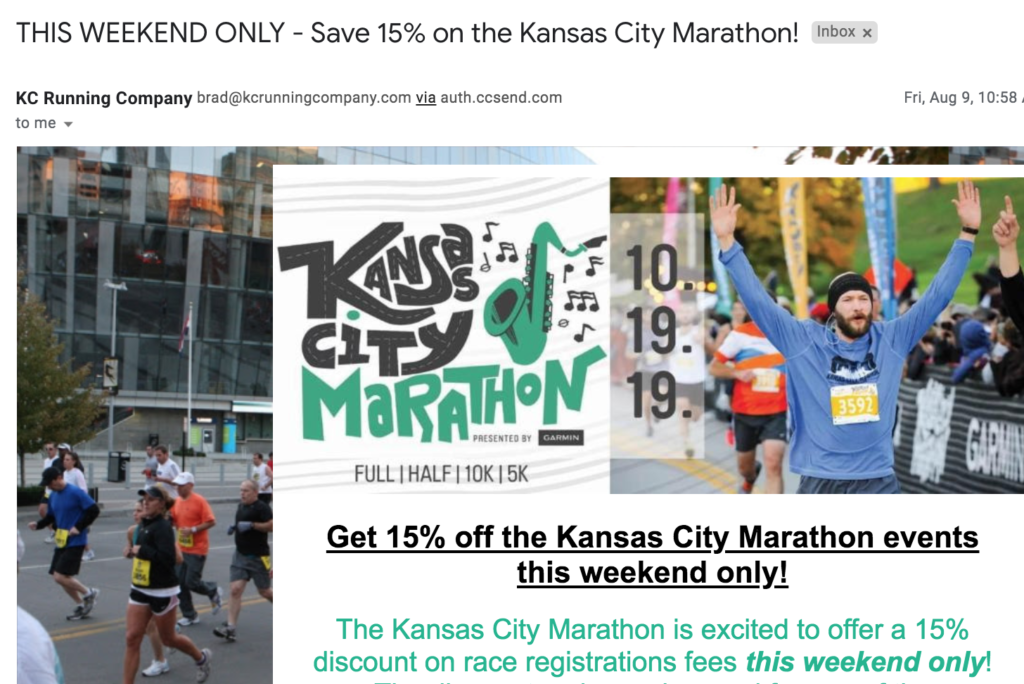
But DON’T get it wrong.
Okay, the subject line in this Hy-Vee email is correct, but that’s about it. My name isn’t MRUREEM, obviously. Yes, I am 100% blaming Hy-Vee. I’m not too proud to admit that I have spelled my name wrong once or twice, I’ve even gotten my address wrong on occasion, but MRUREEM!? That’s on you, Hy-Vee.

If you are going to personalize it, do it right. This email made me very confused and concerned. If you got my name wrong, what else did you get wrong? My address? I hope not. My favorite hummus? Please, God no! Regardless of whether it was just my name or something more, I don’t want to be concerned about something as important as my family’s food for the week. If you are going to personalize, make your list and check it twice. There is nothing worse than seeing “Hi [NAME]” in the subject line versus your actual name. These are typically simple errors that can be caught when programming and proofing.
DO tease your content.
Another great example of an effective email subject line is from POPSUGAR, who teases the reader with access to celebrity beauty tricks. This works because not only it is extremely relevant (Meghan Markle is so hot right now), it gives the reader the perception that the publication is in direct communication with Meghan Markle. Spoiler Alert: It isn’t.
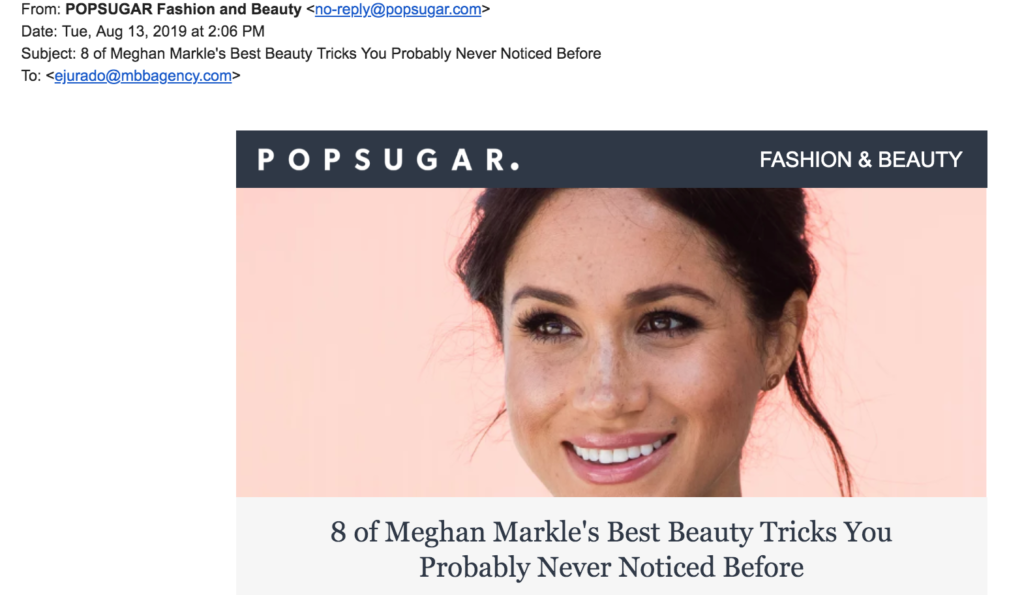
But DON’T be deceptive.
I recently subscribed to Blue Apron’s food delivery services. So it was no surprise that I began receiving marketing emails from them. I love cooking, I look forward to my weekly deliveries, and I know the company offers discounts, so the emails were often well received. The value that these emails have provided in the past was spot on with my needs as a consumer.
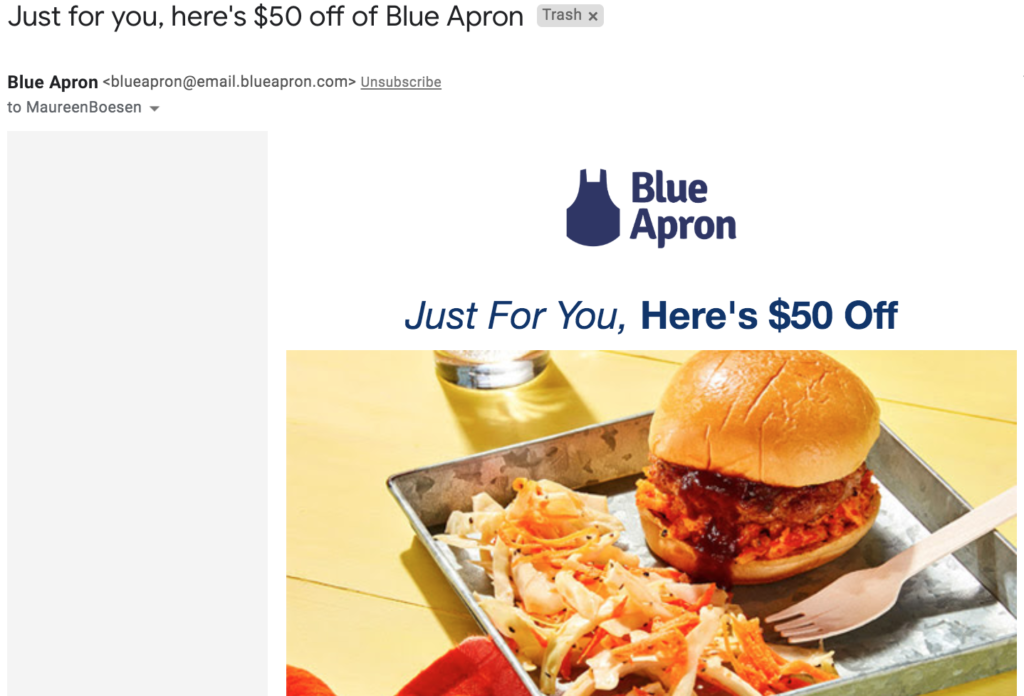
But as a consumer, I don’t like to be deceived. If you make me a promise in a subject line leading me to open the email and click on the offer, you better be ready to deliver. Unfortunately, with Blue Apron, this was not the case. When I saw an email with the subject line “$50 off of Blue Apron,” I was pleasantly surprised. So, of course, I clicked on the offer. Much to my dismay, I was met with this pop-up.

I was immediately disappointed in the brand. (Not as disappointed as I was when my next box came completely thawed with the ice packs leaking clear and, what I can only assume to be toxic, gel.) But, disappointed nonetheless.
DO catch my attention.
Alright, you’ve got my attention, Jimmy John’s. If you like the sandwiches but don’t live close enough for the store to deliver, this email is extremely enticing.
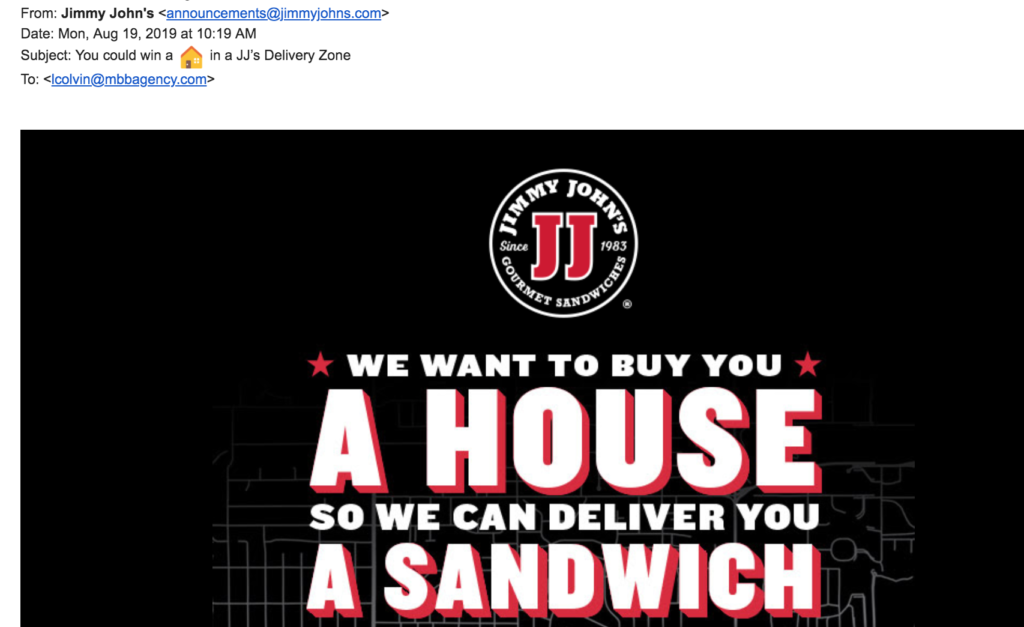
The company is willing to buy someone a house (up to $250,000) by entering their drawing, which means you are headed straight to their website. Now, as a reader, you have opened the email, read the email, clicked on a link and, boom, now the company calls you “website traffic.” They may even go so far as to call you engaged.
But DON’T be sneaky.
If you get me to open your email by leading me to believe that not only do I know you but also that we are continuing a conversation, and neither prove to be true, I am not going to be happy. In fact, I may be very, very confused.
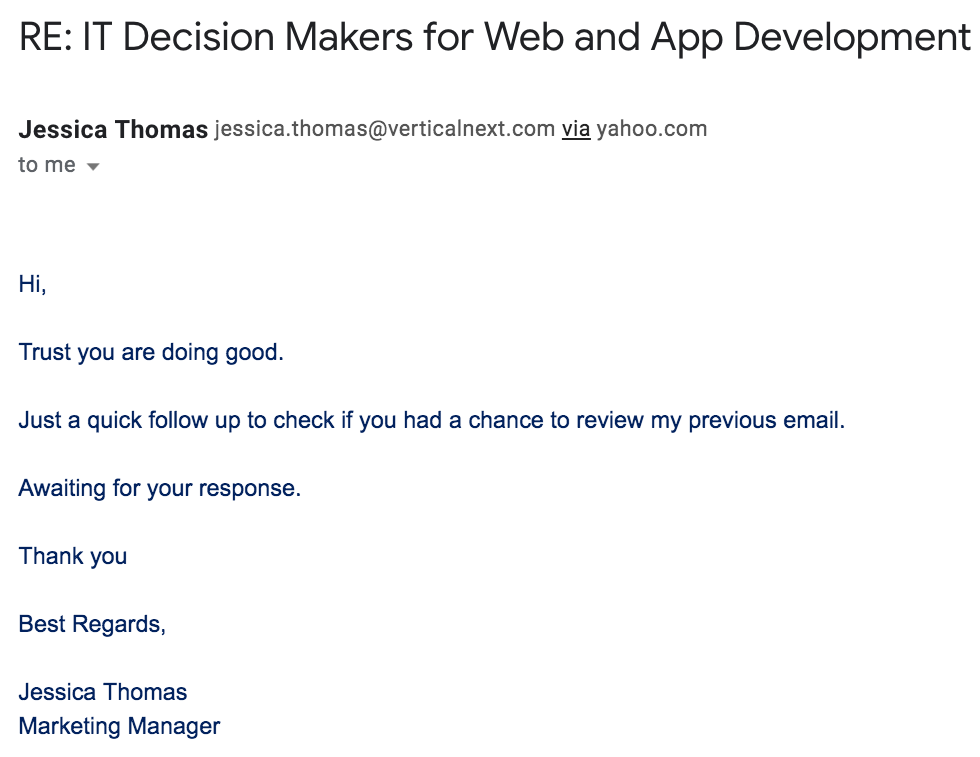
I don’t know who Jessica Thomas is. I have never heard of VerticalNext. And now I think I am getting spammed. And we all know that is the scariest feeling in the world. There is so much confusion and frustration in this email. Whoever it is who sent it, congrats, you got me to open it. I hope your KPIs don’t include open rate because it is not an accurate indicator of success for you. For some, yes. For you, no.
Email subject lines are tough, no doubt. But they are extraordinarily important. Subject lines prompt users to open the email. If the subject line is ineffective, the whole email (and money and time invested) is out the window. When creating your next email marketing campaign, let us know. MBB would be happy to help.
Source:
CampaignMonitor
Subscribe to our newsletter
Get our insights and perspectives delivered to your inbox.
